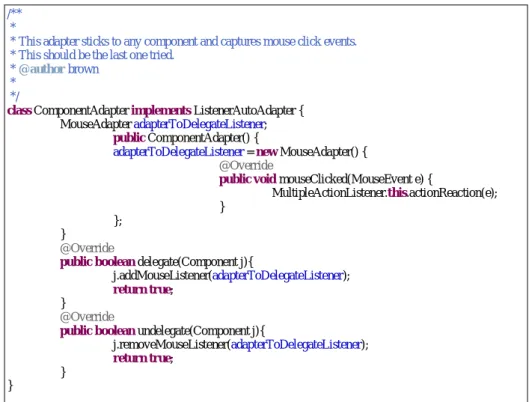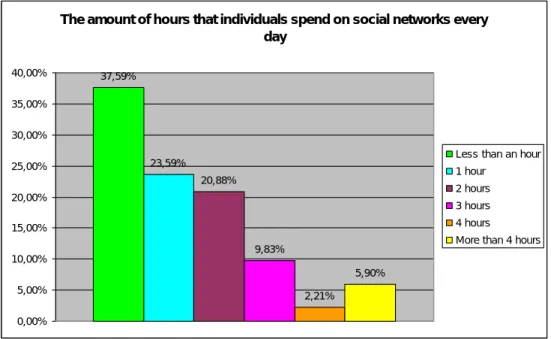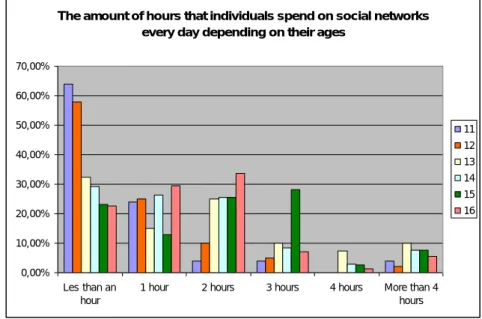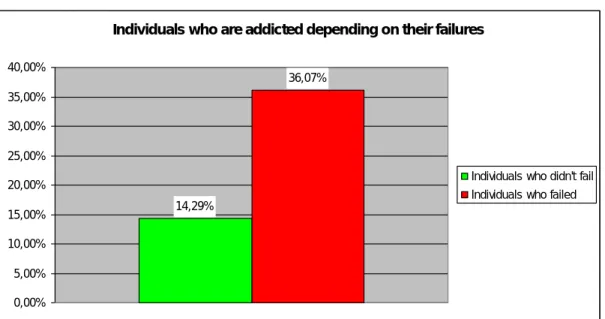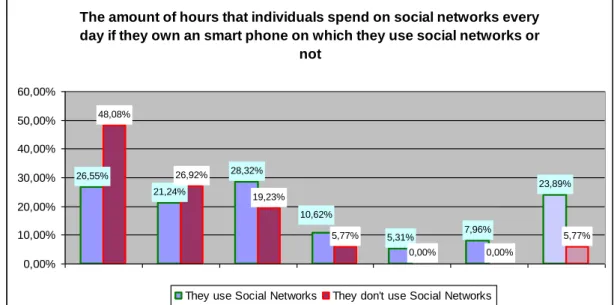KEYNOTE LECTURE
A NEW STEAM AGE: TOWARDS ONE CULTURE FOR LEARNING”
INDEX OF CONTENTS
The Performative Intercultural Pedagogy – the anarchic art of learning and teaching in/between learned worlds and subjects. The virtual learning environment (Moodle): a tool in the teaching and learning process.
AN EFFORT TO MAKE AMERICAN CLASSROOMS CULTURALLY RESPONSIVE
- Introduction
- Review of literature and conceptual framework
- Results
- Conclusion
Also, most children were born in the state where they went to school and this research project was carried out. The Journal of Educational Research Drake, T. (2014). The effect of language isolation in the community on students with a language minority.

IMPROVING STUDENT ENGAGEMENT AND PROFESSIONAL COMPETENCY BY USING SIMULATIONS IN LAW SCHOOL COURSES
The problem
Simulations
- Why simulations?
- The structure of the course simulations
The third component was centered on discussing how best to meet the needs of the client in the form required by the project. This helped control some of the passivity students sometimes exhibited in the traditional classroom experience.
Extrapolation to Other Disciplines
This is particularly striking in the first component, the one that most closely reflects the typical law school pedagogy. Clinical Experience Essential Part of Legal Education ("Mending Legal Education" Series), Ohio Bar (May/June); Milstein, Elliot S.
PROBLEM SOLVING AS PROGRAM CODE DESCRIPTION
- The Internet Strategy
- An example from canon
- Kinds of problem-solving
- Instructional approach
- Discussion
The quality of the code you submit is important, but your grade will be based on your understanding and interpretation of the code you submitted. How do you know I didn't do that?" The point that the tags were intended to explain the code was not taken.
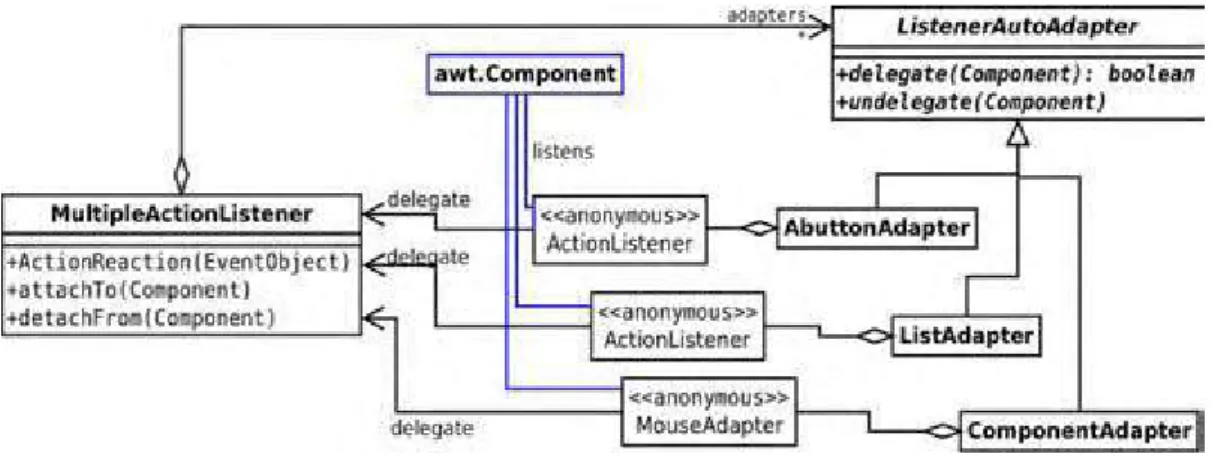
EU FOUNDED TEACHER EDUCATION IMPROVEMENTS IN HUNGARY
- Background
- Context and strategy of the development
- Theoretical consideration behind our coordination activity
- Questions and difficulties emerged during the project
- Targeted researches and developments conceptualized by national coordination component
- Results so far
The initiative aims to reveal the organizational needs related to the new legislation, as well as the connection of the institutional level VET curricula with the national curriculum. The fourth R&D related to the appearance of the national curriculum cross-curricular areas will end soon.
EFFECTS OF REAL-WORD VERSUS PSEUDO-WORD PHONICS INSTRUCTION ON THE READING AND SPELLING ACHIEVEMENT IN
FIRST GRADERS
- Purpose of the Study
- Research Question
- Hypothesis
- Significance of the Study
- Phonics Instruction
- Methodology 1. Research Design
- Setting
- Sampling and Participants
- Teaching Material
- Instruments
- Intervention
- Results and Discussion
The results of the Spelling of Sounds test, which taps written sounds, showed that the real word group improved better than the pseudoword group, even though their instruction was based on real words. This was echoed by the results of the pseudoword correct letter sequence, where the real word group performed better than the pseudoword group.
LANGUAGE MAINTENANCE AND STUDENTS’ IDENTITIES IN ENGLISH MINORITY LANGUAGE SCHOOLS IN QUÉBEC
- The context
- The study
- A few results
- Concluding remarks
As previously mentioned, language practices outside the school (and the home for some participants) take place in French. The role of the school in maintaining the English minority language is then considered essential in this social context.
THE DEVELOPMENT OF THE PERSONAL AND PROFESSIONAL VALUES FRAMEWORK AS AN AID TO ETHICAL DECISION-MAKING
- Ethical Decision Making
- Ethical Decision Model
- Consequentialism
- The rules for consequentialism
- Problems with consequentialism
- Deontologism
- The rules for deontologism
- Problems with deontologism
- Conclusion
DEVELOPMENT OF PERSONAL AND PROFESSIONAL VALUE FRAMEWORKS AS AN AID FOR ETHICAL DECISION-MAKING. The study illustrates different attitudes to seek to clarify the "why" of moral phenomena, following a classification based on the distinction between empiricism (related to consequentialism) and a priorism (at one point associated with deontologism).
SOCIAL NETWORK ADDICTION
Methods
I used not only these patterns but others that are not significant due to the lack of enough volume of the results. The Microsoft Excel 2003 program was used to create graphics and statistics of the results.
Discussion
The amount of hours individuals spend each day on social networks if they have failed for a year or more or not. Fifth, this graphic shows how many hours students spend each day on social networks using their smartphones as a social tool.
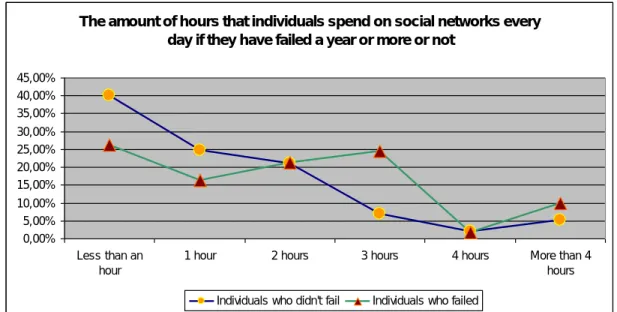
ENHANCING ACTIVE LEARNING IN THE MODERN BIOLOGY CLASSROOM
Objective
In order to help beginning students of molecular biology to visualize and understand the abstract features of the structures and network functions of complex macromolecules such as DNA, RNA and proteins that make up the information transfer in living cells, various inexpensive teaching tools have been used (Malacinski and Zell). , 1996) will be shown. In further (continuing) biology courses, we can expect students to be better equipped to upgrade their knowledge with a clear understanding of the basics of information transfer.
Methods
Effective ("long-term") learning strategies for the molecular biology classroom require multiple learning modalities/skills, including—in addition to at least some rote memorization skills—a basic knowledge of chemistry and the ability to think abstractly. They have been shown at Indiana University to greatly increase the impact of the learning experience for beginning students.
Discussion
These teaching aids are free and can therefore be given (free of charge) to pairs of students as souvenirs. Modeling creative approaches to learning complex and difficult phenomena in the undergraduate science and technology classroom.
KNOWLEDGE AND RESULT
- State-of-the-art
- The sample
- The calculation of the acceptance level
- The TAaAS tests
- The characteristics of the different measures
- Research questions
- Results
The data obtained by NEPTUN is compared with the result of the TAaAS tests, administered in the first week of the students' tertiary studies, and with the results of students from secondary education, used in the admission process. This finding is supported by the analysis of students' results in the TAaAS tests, where their programming knowledge was tested (Table 4).
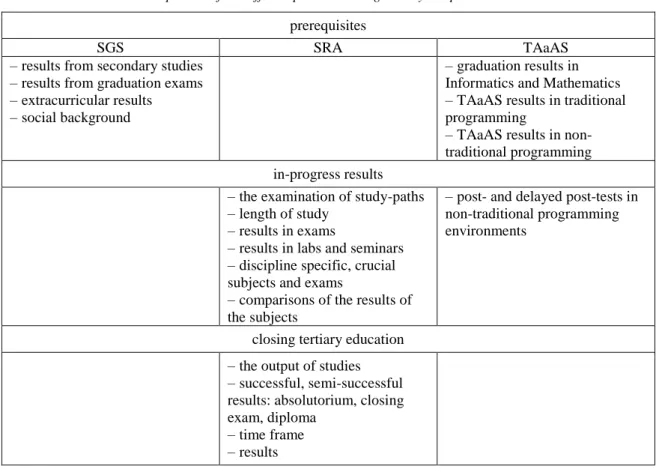
ENABLING AND DISABLING ENVIRONMENT INFLUENCING LEARNERS’
LEARNING EXPERIENCES
- Theoretical framework
- Literature review
- Enabling and disabling learning environment
- Methodology
- Sampling
- Data collection and analysis
- Discussion of findings
- Recommendation
- Teaching strategies
- Discipline
- Schools’ infrastructure
If a teacher is angry, she portrays an environment of fear that is not good for learners' learning. The interplay of location, teaching strategies and school discipline is very visible in creating an enabling environment for learners' learning.
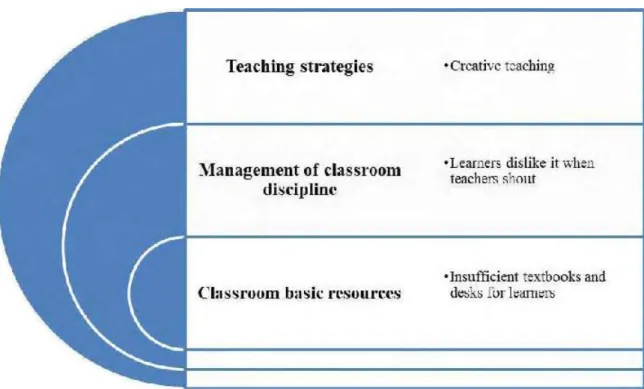
THE SOCIOPOLITICAL CONTEXT OF LANGUAGE REFORM IN HIGHER EDUCATION IN POST-SOVIET KAZAKHSTAN
THINKING ABOUT EDUCATION
Access and Early Desertion
In the first ten years, summer courses (45 intensive days) of Mathematics, Physicist and Chemist and Workshop of University Orientation developed with approval cases until June or which allow to study with pending cases the first four month period of the first year of the degree. Finally in the last years the hourly load of the Workshop for University Orientation was expanded to include basic concepts of epistemology and of logic and the mathematics dictation transferred from quadrennial to annual remaining three with quadrennial character.
Conclusion
One of the arguments expresses the non-conformity with which professionals who devoted years to studies, end up teaching science in a secondary school due to lack of real opportunities or hourly development in the labor market. So a part of the engineering career student population does it for the proximity it offers.
CONSTRUCTION OF RUBRICS FOR THE EVALUATION OF TECHNOLOGY COURSES IN COLOMBIA
Rubrics Design
The analytical rubric is widely used in formative assessment processes, where a more rigorous monitoring is required, while the holistic is used when the assessment process is of a summative type. On the other hand, the analytical rubric includes several skills that are expected to be developed, a measurement scale that usually has three to five levels, and multiple descriptors for each level (Kocakülab 2009).
Rubrics construction for the selected components
The last stage of the construction of the rubric is the validation of the instrument through the opinions of teachers and students (Reeves, Stanford, 2009). In this step, the usefulness of the rubric in the learning process, the validity of the evaluation scale and.
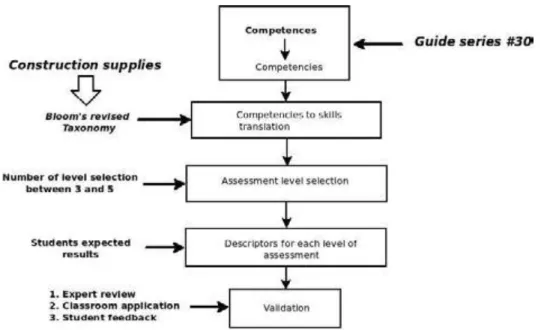
PERFORMANCE CALIBRATION THROUGH PARTLY PEER ASSESSMENT
The teaching of a module
This introduces (i) key mathematical techniques such as probability, interpolation, convolution and similarity; (ii) the assessment criteria are clarified and some abstract terminologies such as the quantitative and qualitative evaluation of techniques are explained; and (iii) image loading, data manipulation, and image generation in the Java programming language are demonstrated. The Introduction chapter shows the imaging modalities and image formats, the Color Space chapter discusses how to visualize and interact with the image data, the Imaging chapter discusses some principles for the 3D world to be projected on the 2D image plane and how the projected 3D world can be characterized and displayed, the Image Compression chapter discusses techniques for the effective storage of the image data, the Image Enhancement chapter introduces and demonstrates various techniques for enhancing image contrast, the Texture chapter discusses techniques for describing areas (a series of continuous pixels) in a given image, and finally the Image Classification chapter introduces some techniques for describing and classifying images and how to quantify the performance of different techniques.
The assessment of a module
Demonstration grades are calculated as the average of the grades from the teaching staff and the average of the grades from the students. Missing a session leads to a reduction of 5% of the total marks of the module.
Actual assessment of the demonstration
Student performance was calibrated through peer assessment of the demonstration component required to assess the entire module. In this case, peer assessment provides a useful alternative component for manipulation in the process of module assessment and calibration of student performance.

GENDER DIFFERENCES IN THE IMPLEMENTATION OF SCHOOL-BASED ASSESSMENT IN A MALAYSIAN STATE
- Background of Study
- Gender differences in assessment knowledge, school support, teacher readiness, teacher skills and challenges faced by teachers
- Research objectives
- Method 1. Sampling
- Instruments
- Finding
- Respondents’ Profile
- Gender towards school support, teacher readiness, teacher knowledge, teacher skills and challenges in the implementation of SBA
- Relationship between assessment knowledge, school support, teacher readiness, teacher skills and challenges faced by teachers
- Gender differences in assessment knowledge, school support, teacher readiness, teacher skills and challenges faced by teachers
Outcomes among male and female teachers toward school support, teacher readiness, teacher knowledge, teacher skills, and challenges in implementing SBA. Results for teacher knowledge, school support, teacher readiness, teacher skills, and challenges teachers face in implementing SBA by subject.

ADVANCED COMPUTER TECHNOLOGY FOR ASSESSMENT AND MEASUREMENTS THE LEVEL OF KNOWLEDGE OF THE UNIVERSITY
STUDENTS
- Grade as the evaluation of the Student's basic knowledge level
- Educational security
- Use of data mining to detect students cheating and suspicious behaviour
- Use of Data Mining and Biometric Recognition to Detect Students Cheating and Suspicious Behaviour
- Related work
- Methodology
- Preliminary Results and Discussion
- Conclusions
Our proposed model to help organizations detect and prevent online rating fraud. The use of biometrics in online assessments is new and is planned to be used as an initial step for online assessments of migrant workers in the UK.
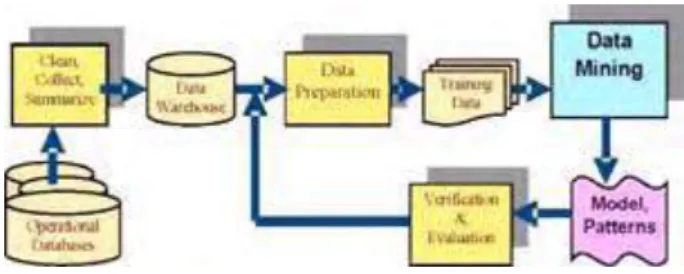
DOES CONTACT REALLY MATTER? EXPLORING THE EFFECTS OF CONTACT ON PREJUDICES AND PROFESSIONAL REPRESENTATIONS
- Framework
- Prejudices and professional representations
- Teaching otherness and diversity
- Methodology
- Study 1 – Two variations on the Method of cognitive activation of prejudice
- Study 2
- Findings
- Conclusions
To study the impact of contact on PR and prejudice, we explore the results of two studies conducted on the effects of the Method of Cognitive Activation (MCA), a three-step, cognitive-affective tool (Boucher & Gosselin, 2010). Effects of "contact" and "non-contact" variations of the Cognitive Activation Method on prospective second language teachers' self-reported feelings toward teaching two less frequently taught L2 clients.

DECONSTRUCTION, CO-CONSTRUCTION AND RECONSTRUCTION
CREATING AN INTEGRATED TEACHER EDUCATION PROGRAM
Abstract
PROCESS OF CONTINUED EDUCATION IN THE PROGRAM SCHOOL MANAGERS OF PUBLIC BASIC EDUCATION
Theoretical Framework
- Reflections of the pedagogical practice of participant teachers in the managers school Understanding the teacher as a reflective professional, the context is fundamental to the
With the tutor in the classroom observing the teacher's lesson and watching him put into practice what they have learned in the guides. Certainly, action and reflection-in-action can really support the educational, political and social changes.
34;FATHERHOOD IN THE CLASSROOM": WHEN LIFE AS A FATHER MEETS THE TEACHING PROFESSION
Sample and Method
After the initial reading of each interview, recurring themes were identified, defining the main themes of the study. The final phase of the research involved a thematic analysis conducted as a comparison between different aspects of the data to find connections, similarities or differences between them.
Results
- Accomplishing a better empathy to the students
- Implementing parental personal-interaction experience with the students
- Understanding the students'-parents point-of-view
The next step was to classify the different attitudes of respondents to the different themes.
Conclusion
Mutual trust between kindergarten teachers and mothers and the associations with family characteristics in Estonia and Finland. Parents, teachers, and peer relationships as predictors of risk-taking behavior and mental well-being in immigrant and Israeli-born adolescents.
TEACHING FOR EMPLOYABILITY: KEY CONCEPTS AND BEST PRACTICE PRINCIPLES
- Design
- Objectives
- Methods
- Conclusions and recommendations
The WIL quality cycle is then used to analyze the Hospitality Management degree program as one of the university's flagship programs. professional conduct; work ethic; Importance of reputation; A performance culture and pride in the blazer of the Hotel School; Profiles of hotels and lodges used for WIL and the WIL quality cycle.
TEACHING SCIENTIFIC RESEARCH AND PRACTICAL APPLICATION OF THE CONCEPT OF CHARGE DISTRIBUTION TO STUDENTS
Method of a project-type class implementation
The probe is securely attached to an insulated holder and brought close to the spheres of the disc. At the project level where students work together, the mentioned organizational and procedural aspects of professionally oriented physics education make it possible to change the physics education system in universities, so that the executive character of the future professional activities (i.e. the activities with a certain scope) can be reflected in the education of a future engineer in physics.
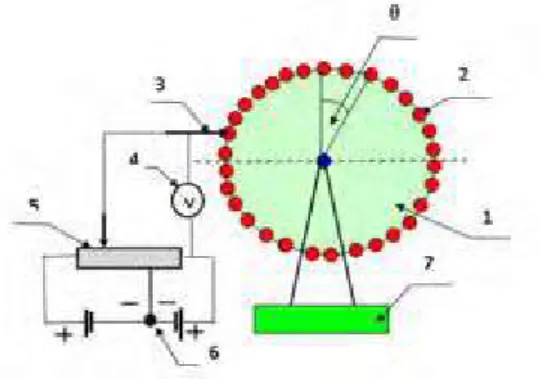
TEACHING ADULT LEARNERS: A PIECE OF CAKE?
Adult basic education and lifelong education
This paper focuses on adult lifelong learning aimed at obtaining degree qualifications for continuous professional development. Adult lifelong learning enables adult learners to acquire that extra and relevant knowledge aimed at improving their professional qualifications.
Theoretical Perspective
- Adult learning theory (principles)
As a result, the adult learners develop positive attitudes and skills that are necessary for progress and self-fulfillment in all aspects of life. Most of the adult learners combine work and study, along with other personal and community commitments.
Results and discussion
- Being an adult learner
- Teaching adult learners: challenging?
- Towards effective teaching and learning for adults
Some adult learners have attitude problems and they bring them to the teaching and learning environment. It is important to guide adult learners to the right resources for effective teaching and learning.
AN ALTERNATIVE MODEL TO PROFESSIONAL DEVELOPMENT IN MULTILINGUAL EFL CLASSROOMS: COOPERATIVE MANAGEMENT
Cooperative management
- First Phase: the participants’ views regarding the existing professional development activities
- Second Phase: evaluation of the new model, cooperative management
In the first phase of the research, we sought the views of the head of the school and the participating teachers regarding the existing professional development activities. I don't think one observation is enough. It doesn't change anything in my teaching.” Problems in the existing system of professional development for teachers led to the creation of the proposed model of professional development, cooperative management.
PREPARING VOICE PROFESSIONALS AT FACULTIES OF EDUCATION USING APPLIED METHODS AND TECHNOLOGY
Methodology
The basic research method has been chosen as a questionnaire, primarily aimed at verifying knowledge about the prevention of voice disorders in students on the teaching programs at the Faculty of Education. Furthermore, the questionnaire investigated the importance attached to the prevention of voice disorders in relation to future professions, and whether the students would be interested in introducing oriented voice teaching in their training using visualization of the vocal expression.
Results and discussion of results
More than half of the students, 66%, consider prevention of voice disorders to be very important in relation to the future profession, only 4% of students consider prevention to be unimportant. 91% (n = 130) of the respondents were interested in active participation in the prevention of voice disorders within their university studies.

IBSE PROFILES-MODULES IN SCIENCE TEACHER EDUCATION
- Rationales
- Research questions and methods
- Research results and discussion
- Conclusions and implications
The results of our research confirm that the use of PROFILE modules during KMD can cause positive changes in the development of teachers' creativity. The results of our research should be applied to science teacher education theory.
EDUCOLAND AS AN EXAMPLE OF LINKING EDUCATIONAL THEORY AND PRACTICE
Rationale
The home page of the EDUCOLAND web portal (Figure 1) contains a number of components, the most important of which are individual subject folders (left row). In our design research, aimed at bridging the gap between educational theory and practice, we encountered the issue of choosing educational content - the curriculum, i.e. what should be taught to the new NET generation of students.
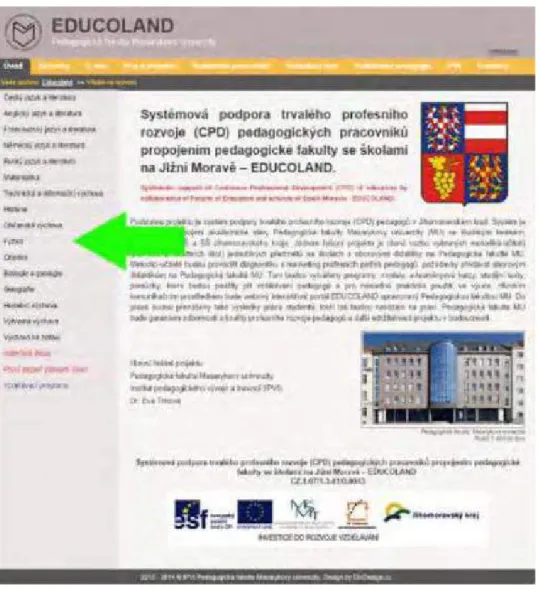
UNDERSTANDING TEACHER EDUCATORS' PEDAGOGICAL AND TECHNOLOGICAL CULTURAL HABITUS (PATCH) IN THE MALDIVES
Research Design
This study adopted an ethnographic methodology to explore how teacher educators' use of digital technologies in their teaching practices was shaped in the Maldives. The ethnographic methodology considered two focuses: 1) understanding the natural environment (the context of teacher education) of the existing pedagogical practices of teachers-educators.
Research Findings
- Shaina’s Case (Influence of culture and background)
- Nisha’s case (Influence of context and background)
On the first visit, I interviewed eleven teacher educators individually and "dated" (spent time with them during their work hours) with them for about six weeks. From eleven participants, the paper briefly summarizes the vignettes of two teacher educators to demonstrate key findings.
Discussion and conclusion
Closing the gap between theory and practice of teaching: Implications for teacher education in Hong Kong. Cultural and religious experiences: Defining teaching and learning for pre-service teachers prior to teacher education.
HOW BLACKBOARD E-LEARNING TOOL AFFECTS INTERMEDIATE CHINESE SPEAKING AND LISTENING COURSE
- Literature Review
- The Curriculum and Objectives of the Intermediate Chinese Speaking and Listening Course
- How Blackboard coordinates with the teaching of Intermediate Chinese Speaking and Listening Course
- Students’ feedback on computer technology in teaching Chinese as a second language In order to know more about the situation of students using Blackboard, we sent a questionnaire
- Teachers’ reflections on e-learning platform Blackboard
- Conclusions
The blackboard plays an important supporting role in teaching and accessing students' listening and speaking skills. This will extend classroom learning after class, 4) Blackboard can help teachers save time in correcting students' answers.
TEACHING AND LEARNING IN TECHNOLOGY RICH SCHOOLS
TRADITIONAL PRACTICES IN NEW OUTFIT
The investigation aims and methods
The use of the computer and the teachers' use of space created a focal point in the classroom around the blackboard and the projector screen, which was used to display the content of the computer screen. This applied even though, not despite, the fact that new digital technology is fully integrated into teachers' everyday life.
A tentative conclusion
ICT has been a tool to achieve traditional goals of knowledge development and improvement as a substitute for traditional pen and paper, which it also arguably did more effectively than the tools used in the past. In the Durkheimian sense of education in the interest of social integration and control, there is little if anything that is really new about this.
SIGNIFICANT LEARNING IN VIRTUAL LEARNING ENVIRONMENTS
A meaningful learning
In a more mysterious way, we can finally come into almost magical contact with the object of learning, at least without premeditation. However, it delivers truth in the same way and with the same persuasive power as the latter.
From real to virtual
Sensation is vulnerable because it functions only to the extent that it can rely on significant prior knowledge of the beings and things represented virtually. But how can it achieve meaning if it does not have access to this unspoken information, if it does not know a priori enough of the real virtually represented object.
PROJECT OF FLIPPED CLASSROOM’S INCORPORATION
AN EXPERIENCE BETWEEN PRIMARY SCHOOLS AND UNIVERSITY
- Results and discussion
- Changes in the educational model in relation to the content and materials used
- Changes in the educational model in relation to strategies for teaching and learning The various questions that refer to the teaching model, we noted that 88.7% of the students refer
- Changes in the educational model in relation to classroom management
- Changes in the educational model in relation to the assessment
- The Flipped Classroom model: advantages and disadvantages
- Conclusions
- JMOOC
- MOOC and JMOOC
- Potential of Online Education
Comparison between the results of university students and students from primary schools on the different assessment systems with Flipped Classroom. In the other dimensions studied, most of the answers also indicate that the Flipped Classroom is evaluated positively, except for the assessment where there are differences between answers from university students and students from primary schools.
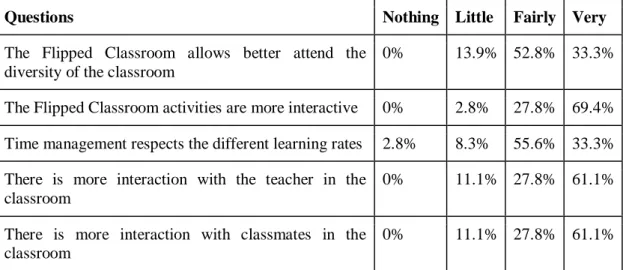
CONSTRUCTING KNOWLEDGE WITH NEW INFORMATION AND COMMUNICATION TECHNOLOGIES
Objectives
- The Concept of Web Radio
- The Concept of Podcast
The present paper presents a conceptual approach to the foundations of Web Radio and Podcast, showing the main theoretical and technical differences between the concepts. There are three perspectives in educational podcasting, say Harris and Park (2008) in Ana Amélia Carvalho (2009):. i) lecturers' point of view - they facilitate highlighting information that lecturers think is critical for their students.
The Difference between the Concepts
In the modern context, exploring the educational potentials of web radio seems to be a new challenge for educators (Teixeira, 2013). Podcast integrated into web radio brought the easy access to quick information and collaboration between people all over the world.
THE TEACHER AS A MEDIATOR OF INTERACTIONS IN VIRTUAL LEARNING ENVIRONMENT: FOCUS ON DISCUSSION FORUMS
Garrison and Anderson’s community of inquiry model
In the Community of Inquiry Model, the element most likely to promote success in higher education is Cognitive Presence. The third element of CIM - Learning Presence - consists of two general functions which can be performed by any participant in the community of inquiry (Garrison, Anderson and Archer, 2010, p.89).
Methodological Issues
- Research Context
- Research Informants
The second function, facilitation, is a responsibility that can be shared between the teacher and some or all other participants or students. This sharing of the facilitating function is appropriate in higher education and common in computer aided education.
Data presentation, analysis and discussion
In the Rosário do Sul forum, the first analyzed forum with T1 as a mediator, data has provided evidence of teacher hegemony with regard to mediation initiatives. In the Picada Café forum, the last one analyzed, T1 made 14 interventions, which can be considered small compared to the number of his interventions in the Rosário do Sul forum.
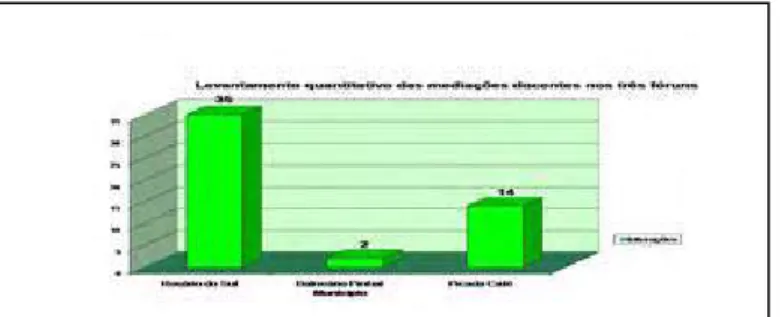
THE DIFFUSION OF SOCIAL NETWORKING SITE IN STUDENTS’
LEARNING EXPERIENCE AS A NOVEL PEDAGOGIC TOOL
Method and design
Thus, since the sample size of this experiment is not large, it becomes difficult for more powerful analyzes such as factor or regression. The average gives an idea of whether students agree positively with the statement or not.
Data Analysis
- Engagement
- The Teacher
- Perception of the Facebook Group
- Trust
- Collaboration
- Sense of Classroom Community
The Facebook group is an environment that encourages interaction between the students and promotes interaction relationships. The experiment on the Facebook group is a valuable experience for both the students and the teacher.

DEVELOPMENT AND EVALUATION OF AN INNOVATIVE ARDUINO-BASED DATALOGGING SYSTEM FOR ENHANCING
FIELD-BASED LEARNING
Design of the new system
In our current case, the development and deployment of the innovative mobile recorder can help link research and development to educational practice (Design-Based Research Collective, 2003). Due to the open source nature of the Arduino platform, the driver libraries for the sensors are freely available in the public domain and have been modified and adapted by the first author to develop the logger operating system for hardware control.
Implementation in field trips
Press any button on the IR keyboard to send sensor readings to your Android device. Consolidated results of the open-ended questions in the survey and student comments in the interview.
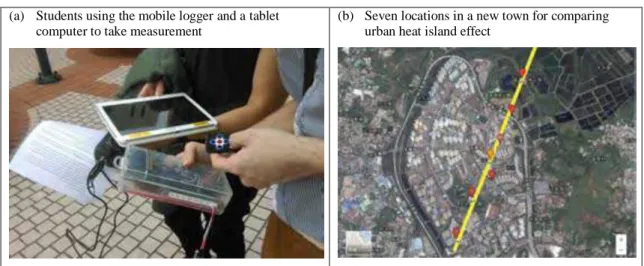
Discussion and Conclusions
DIALOGIC READING AND BOOK CLUBS. THEORETICAL FRAMEWORK
Dialogic reading

